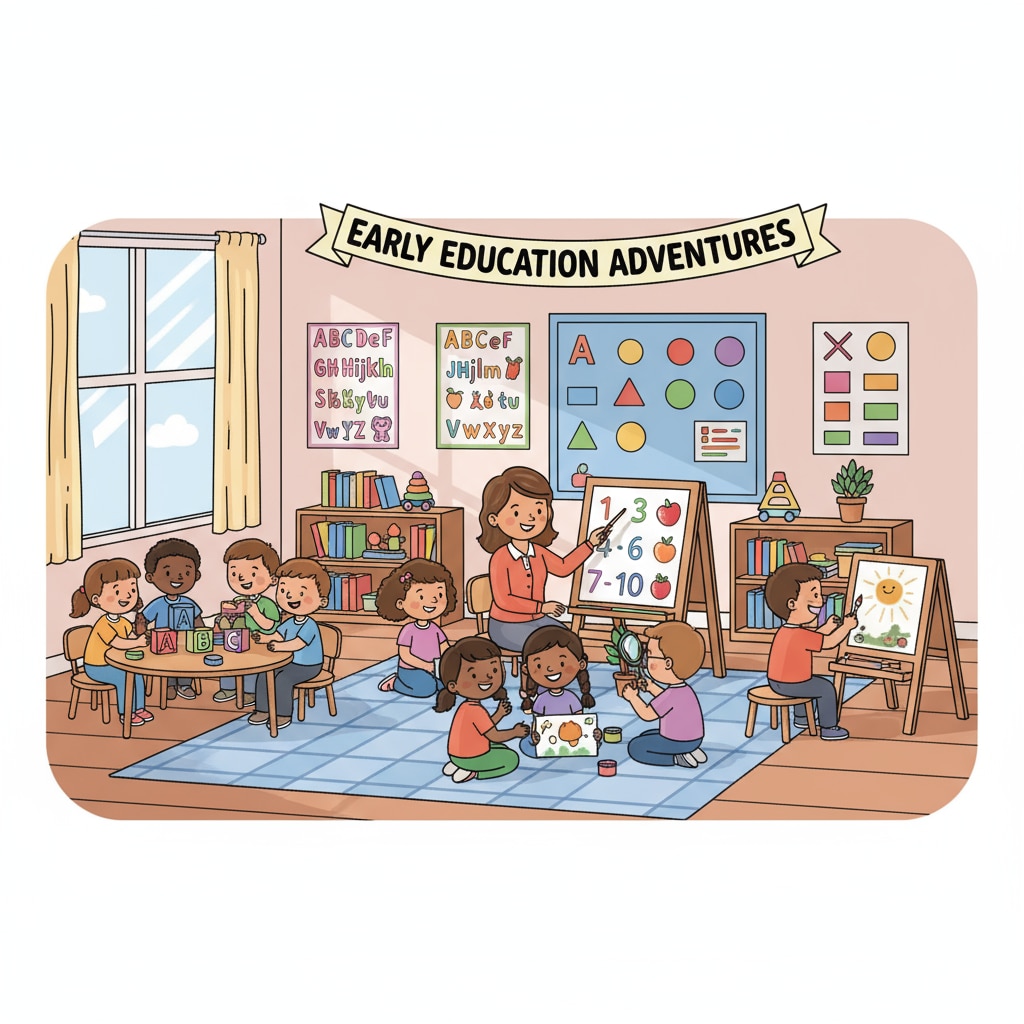The reform of gifted programs in kindergarten has brought the issues of educational equality and elite cultivation in early education to the forefront. In New York City, this has led to a heated discussion about how to balance the needs of different children in the educational system.

The concept of gifted programs in kindergarten aims to identify and nurture children with exceptional abilities at an early age. However, this early selection process has raised many questions regarding fairness and equal opportunities.
The Origins and Goals of Kindergarten Gifted Programs
Kindergarten gifted programs initially emerged with the intention of providing specialized education for children who showed advanced cognitive, creative, or social skills. These programs were designed to challenge and stimulate these young minds, allowing them to reach their full potential. For example, some gifted programs offer more complex curriculum materials and individualized instruction. Gifted education on Wikipedia This was seen as a way to ensure that talented children were not held back in a one-size-fits-all educational environment.

The Controversy Surrounding Early Selection
The practice of selecting children for gifted programs as early as kindergarten has been a major point of contention. Critics argue that it can lead to unfair advantages for certain groups. For instance, children from more affluent families may have better access to resources like private tutoring and enrichment activities, which can give them an edge in the selection process. This creates a situation where educational opportunities are linked to socioeconomic status, undermining the principle of educational equality. Education on Britannica
Moreover, the assessment methods used for early selection may not accurately identify true giftedness. Young children develop at different rates, and a child who may not perform well on a particular test at the age of five could potentially blossom later. Premature labeling can also have a negative impact on a child’s self-esteem and confidence.
Readability guidance: In this section, we’ve used short paragraphs to present the key points of the controversy. The lists help to organize the arguments clearly. Transition words like ‘moreover’ are used to smoothly move from one idea to the next.


